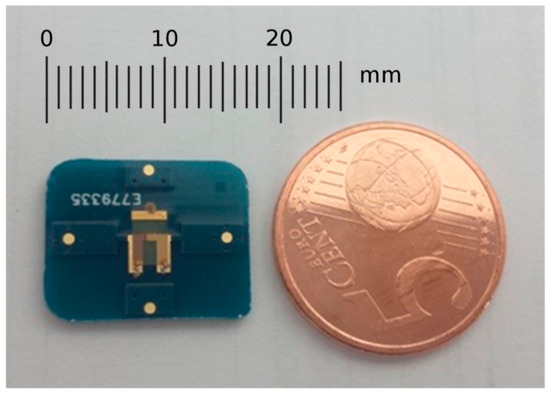Electro-Assisted Deposition of Calcium Phosphate on Self-Assembled Monolayers
Authors: Noah Metoki1, Kazi Sadman2, Kenneth Shull2, Noam Eliaz1 and Daniel Mandler3
Journal: Electrochimica Acta (2016)
Abstract: Calcium phosphate (CaP) ceramics are used in orthopedics and dentistry due to their excellent biocompatibility and osseointegration. Here, the electro-assisted deposition of CaP on two different selfassembled monolayers (SAMs), 2-mercaptoacetic acid (MAA) and 2-mercaptoethanol (ME), was studied both at short (up to 3 min) and long (2 hours) deposition periods on well-defined evaporated gold surfaces. It was found that the end group of the monolayer has a major effect on the growth of the CaP coating. The deposition was slower and less electrically efficient on MAA SAM, but surface cracking was essentially eliminated due to reduction of the crystallographic mismatch. The carboxylic acid may
facilitate CaP growth by attracting Ca2+ ions to the surface, which could explain the higher amount of side reactions occurring at the beginning of the deposition.
Keywords: Calcium phosphate (CaP), hydroxyapatite (HAp), electrodeposition, self- assembled monolayers (SAMs)





